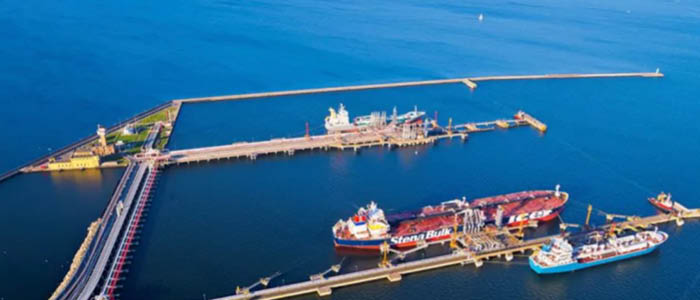The plans to regulate public-private partnerships have been in the program of the Montenegrin Government for at least ten years now. Despite its central importance to both the public and private sectors, a specific legislative and institutional framework in the area of PPPs is still not in place. Instead, PPPs are regulated by laws from several sectors and by the Law on Concessions. The main authoritative bodies in charge of implementing PPP projects are the Privatization and Capital Investment Council and the Concession Commission.
Several PPP projects were implemented between 2007 and 2018, mainly at the municipal level and valorization of large scale tourist locations, primarily based on two PPP models: authority-pay and user-pay contracts. As the procedure for awarding authority-pay contracts is not explicitly regulated, user-pay contracts, which are defined by the Law on Concessions, are the most common. Currently, the following types of PPP user-pay contracts may be adopted by public authorities for undertaking infrastructure projects: Concession, BOT, Private Finance Initiative, and Institutional PPP. There have also been cases where the competent authority adopted a combination of those contractual arrangements, which incorporate or combine some of their elements.
A number of those projects have been identified as exposed to corruption and investigated by the Special State’s Prosecutor’s Office. Obviously, there seems to be consensus that the current regime is inappropriate, inefficient, and lacking in transparency.
Potential PPP Projects
Montenegro has a variety of potential PPP projects ranging from the energy sector to traffic infrastructure. The so-called “Blue Corridor” or Adriatic Ionian Highway, which is planned to pass from Slovenia through Croatia, Bosnia and Herzegovina, Montenegro, Albania, and Greece, is one of the key traffic infrastructure projects, and its Montenegrin part could be developed through the PPP model. The upgrade of Montenegro’s Podgorica and Tivat airports is a necessary precondition for the further growth of the local tourism industry. Other opportunities include the second section of the Bar-Boljare Highway, which is supposed to link Montenegro with Serbia, as well as a bridge across Boka Bay. There are also several projects in the energy sector such as the Moraca River Cascade hydropower plant and the second unit of Pljevlja Thermal Power Plant, among others.
Expected Benefits of a New PPP Regime in Montenegro
All relevant stakeholders (i.e., the public authority, international financial institutions, and private investors) agree that the introduction of a new legislative and institutional framework in the area of PPPs would not only help identify successful projects, but would at the same time help guide these projects effectively and transparently towards closure, while ensuring the country’s development goals are met and private investors are satisfied.
Considering the increasing public debt levels of the Montenegrin economy, to a large extent due to the construction of the Bar-Boljare highway, revising the PPP legislative framework is becoming even more important. Since Montenegro’s economy growth — boosted by the implementation of large investment projects — is expected to continue over the medium term, the Government of Montenegro has the very important duty to bring the process of adoption of a new, concrete, and elaborate PPP legislative and institutional framework to closure. The new regime must clearly define the roles and responsibilities of all relevant stakeholders and it must ensure that these stakeholders are empowered to deliver projects — and that the processes are carried out in full transparency.
It does not mean that the adoption of a PPP framework shall automatically lead to the successful implementation of large scale infrastructure projects through the PPP model, since they are subject to various obstacles and challenges. The lack of knowledge and best practices, the lack of expertise on the part of contracting authorities, and poor cooperation between public authorities can all threaten the success of PPP projects, regardless of the presence of an adequate legislative framework. However, the well-elaborated legislative framework adopted in close consultations with all relevant stakeholders shall constitute the necessary tool and condition sine qua non of large infrastructure projects in Montenegro.
By Vladimir Radonjic, Partner, Radonjic / Associates
This Article was originally published in Issue 5.3 of the CEE Legal Matters Magazine. If you would like to receive a hard copy of the magazine, you can subscribe here.





























